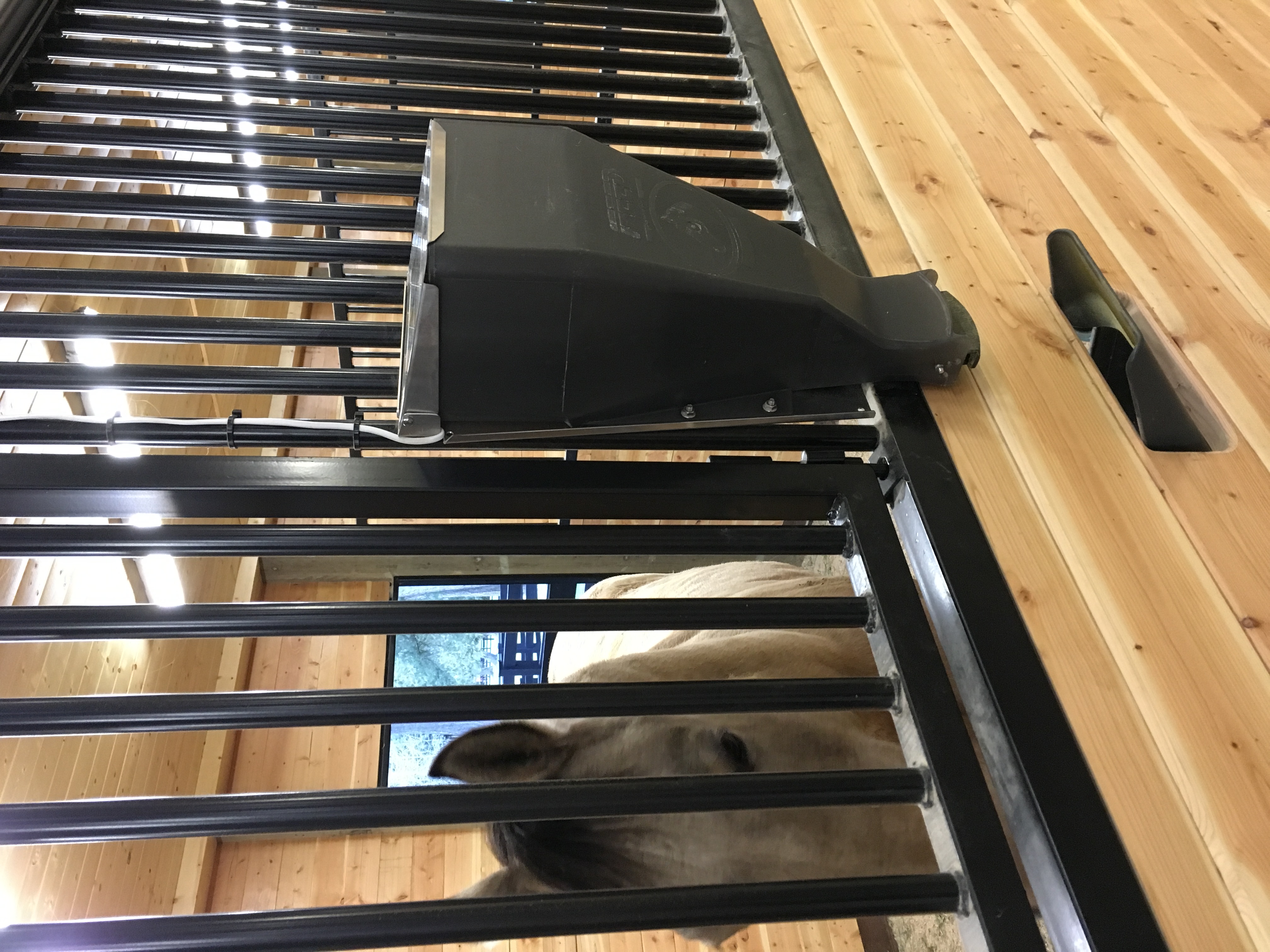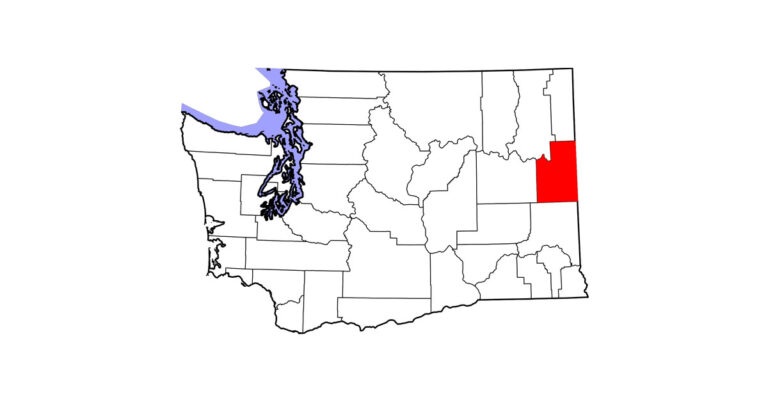
The horse’s digestive system is designed for a diet of high-fiber forage eaten in relatively small amounts throughout the day. In other words, grazing. But many modern competition horses live in stalls and are fed just two to three times per day, often on diets with high levels of starchy grains. Past research has shown that these practices play a role in the increased number of gastric ulcers seen in today’s performance horses.
Feeding more often is too time-intensive for most horse caretakers. But what if automatic feeders came into play? That’s what Luke Bass, DVM, MS, Dipl. ABVP, set out to discover with his team at Colorado State University’s College of Veterinary Medicine and Biomedical Sciences.
To test the premise, the researchers selected 31 2-year-old Quarter Horses who were being prepped for CSU’s annual auction. The horses were acclimated to the designated diet for 10 days before the study began. They were also moved from dry lots to individual stalls and during the study period they were all started under saddle and exercised at a moderate level.
All horses were fed the same type and amount of grain. They were randomly assigned to one of two grain-feeding regimens: 15 horses were fed grain twice a day and the remaining 16 horses were put on a “fractioned-fed” program—receiving their grain in 20 equal feedings delivered every hour for 20 hours via an iFEED automatic feeder. After each 20-hour period, there was a four-hour break before feeding started again. All horses also received grass hay equivalent to 2 percent of their body weight.
Researchers performed gastroscopy, where a small camera attached to a long tube is passed through the horse’s nose to give a view of the stomach, on the horses at Day 0 (before starting acclimation to the grain), at 30 days and 60 days.
Researchers used an established grading system to score each horse for two types of gastric ulcers: squamous ulcers, which appear in the upper region of the stomach, and glandular ulcers, which appear in the lower region of the stomach.
At the start of the study, there was no difference in squamous ulcer scores between the two groups. At the 30- and 60-day checks, the scores for the fractioned-fed horses had not changed, but scores for the horses on a traditional feeding plan had significantly increased (showing more signs of ulcers).
In addition, at Day 30, the fractioned-fed group showed a lower proportion of glandular ulcers than the traditionally fed group. But at Day 60 there was no difference between the two. The team thought this could be due to stress as the horses grew accustomed to their new lodging and feeding regimens. Unfortunately, the team couldn’t continue research because the horses were sold at auction.
The team also evaluated the horses’ weight and body condition score bi-weekly. These two attributes showed no significant differences between the two groups throughout the study.
In conclusion, the researchers say that the results support the theory that going long periods without eating plays a significant role in the formation of gastric ulcers. Decreasing that time by providing frequent meals—a task that can be aided by automatic feeders—may reduce the incidence of some gastric ulcers.
This article was originally published in the June 2018 issue of Practical Horseman.










